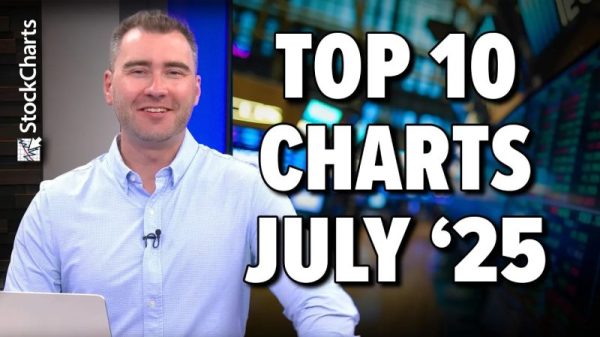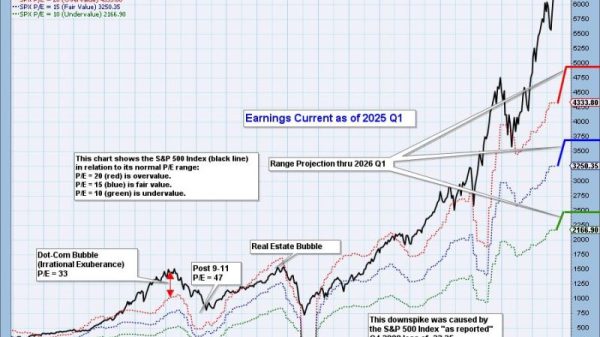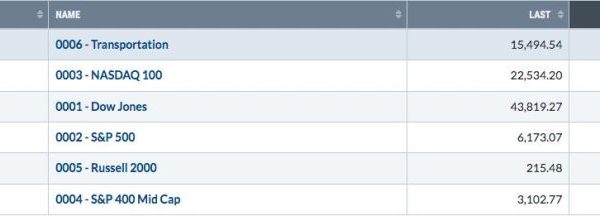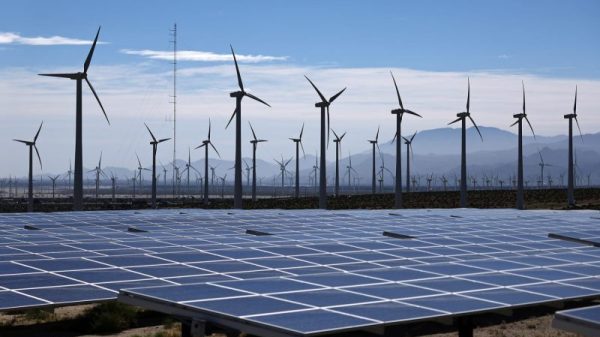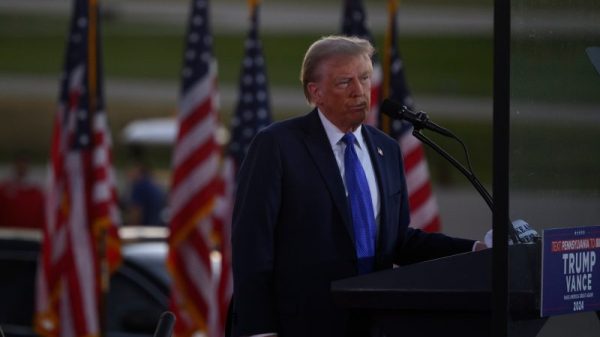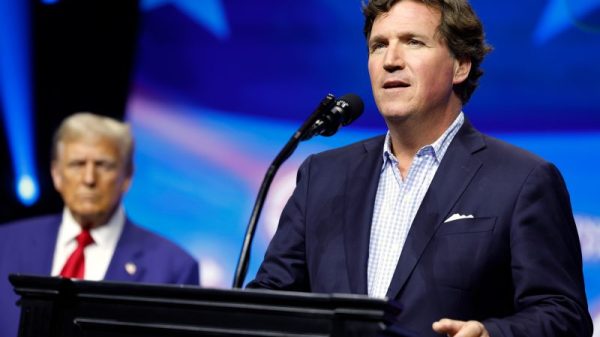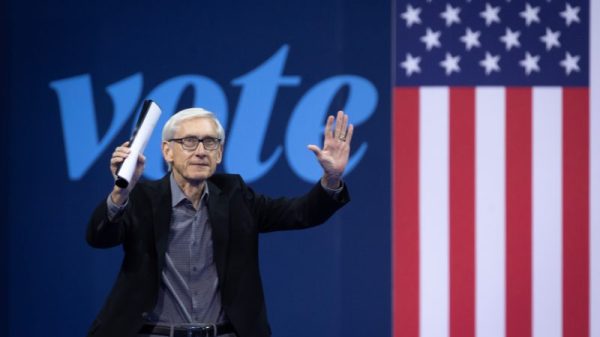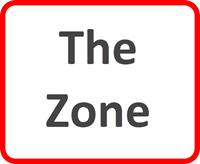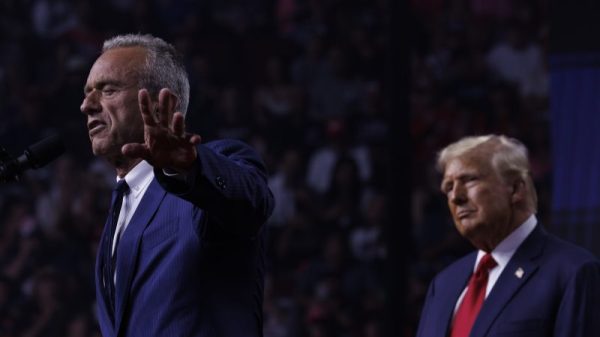The Iowa caucuses are a weird element of our politics. It’s not voting, really, but a sort of streamlined debate club. It’s not particularly representative, given the state’s demography and geography. And it’s not predictive for the nomination, particularly in recent years.
At the same time, it’s important to offer some measure of candidates’ campaigns and appeal. Candidates often make bold claims about how they will run in the caucuses, setting benchmarks that often present a low bar. They often miss the mark anyway, and that’s that. (Candidates also sometimes revise those benchmarks.)
The result is that presidential election years have a starting line around which the rest of the nominating fight hinges. But this year, in the 2024 Republican primaries, Iowa was less important — in part because of Donald Trump’s dominance in the voting and because his dominance had already culled most of the field.
The Washington Post has collected data on the entry and exit dates of significant candidates stretching to the 2000 Democratic and Republican primaries. (The “significant” qualifier is important; particularly in recent years, there have been hundreds of “candidates” for each party who do little more than fill out the required paperwork.) Over the past several cycles, the number of significant candidates has jumped upward.
Notice another pattern on the chart below, showing candidate tenures relative to the date of the caucus each year. In older contests, more candidates stuck around past Iowa. Now, fewer do — particularly in 2024.
We can present this in a different way. From 2000 to 2012, about three-quarters of the significant candidates in a contested primary fight were still in the race after the Iowa caucuses. Since 2016, only about 50 percent have been.
That is again in part because there have been far more significant candidates in more recent primary fights. (The total from 2000 to 2012, six contested primaries, is about the same as the total from 2016 to 2024, which had four.) But it is also in part because of who is running.
The 2016 Democratic and 2024 Republican primary fights were the only ones in which as few as 1 in 3 candidates were left after the caucuses had passed. (In 2024, one candidate dropped out on the day of the caucus and another dropped out a day later.) What do those two nominating contests have in common? Strong candidates with wide leads in the polls, both of whom had run for president before. In both years, some significant (well-known or high-profile) candidates threw their hats into the ring with the hopes of potentially eating into that lead. In both years, their failure to do so led them to rapidly give up the effort.
This is certainly a bit of tea-leaf reading, using our still-limited data to assess what might happen in the months to come. But, just for kicks, let’s draw an inference from that other comparable primary fight in 2016.
Hillary Clinton won the nomination fairly easily and then went on to face a deeply unpopular opponent in the general election. She lost.
An extremely small sample size here, certainly, but worth considering.






